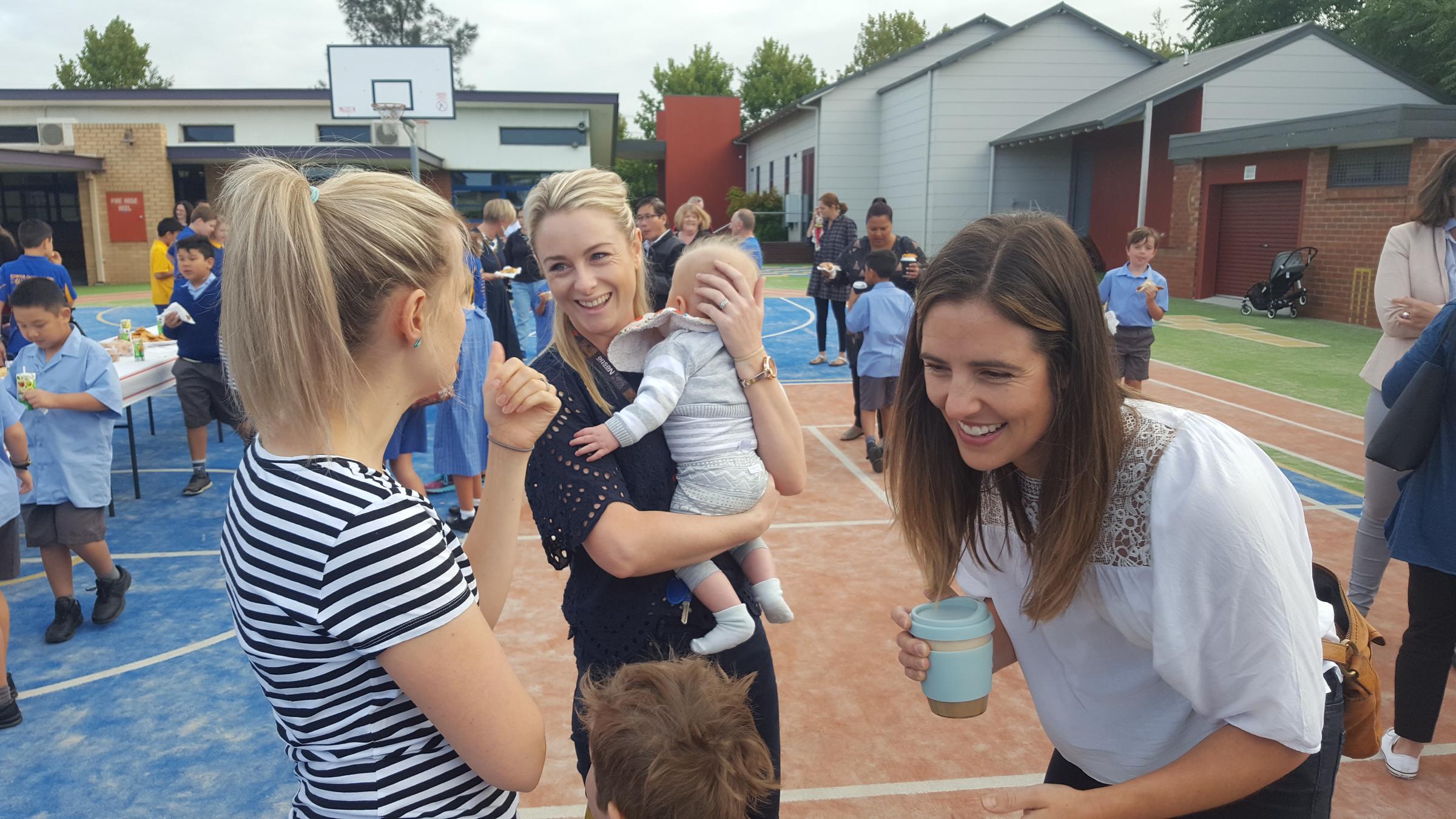Parent Partnerships

Remember playgrounds? I’m talking about the real deal: towering metal structures, splintery wooden forts, rocket ships you could climb up into forever, and swings that sent you soaring; playgrounds where skinned knees and the occasional lost tooth were badges of honour, not cause for panic.
Today, those playgrounds are becoming an endangered species. In their place, we’ve erected sanitised, plastic-coated play areas that prioritise safety over adventure. Rather than making playgrounds as safe as necessary, we’re making them as safe as possible. Swings barely leave the ground, monkey bars are disappearing, soft fall cushions the ground, and the merry-go-round? It’s been banished to the realm of nostalgia.
We’ve become so obsessed with a well-intentioned desire to protect our kids from every possible bump and bruise that we’ve forgotten something crucial: kids need risk.
They need to climb, jump, fall, and get back up again. They need to test their limits, push their boundaries, and experience the thrill of conquering a challenge.
And I’m talking about all kids. Typically developing kids, children with disabilities, neurodivergent kids… the lot. Taking risks is how we build competence, and with competence comes confidence and self-esteem.
Renowned psychiatrist and mental health expert, Professor Patrick McGorry, has found that Australian young people are second only to US youth when it comes to mental health challenges. And researchers like New York University’s Jonathan Haidt have linked the decline in risky play to the rising rates of anxiety and depression Professor McGorry describes in his recent studies. The argument: kids who are constantly shielded from risk may grow up feeling ill-equipped to handle life’s inevitable challenges. They may become overly cautious, afraid to step outside their comfort zones, and paralysed by fear of failure.
It makes sense, though. We love our kids. We want them to be safe. The last thing we want is for them to break their arm. And yet… aren’t those some of the very best stories we tell for the rest of our lives? Stories of adventure and misfortune; stories about how we scored our scars?
The Biosphere 2 experiment offers a cautionary tale. Scientists tried to create a perfect, self-sustaining ecosystem, but they failed miserably. The trees grew tall, fast, and straight. But then they toppled. They were too top heavy. Their roots were too shallow because there was no wind in Biosphere 2. The trees lacked the “stress wood” that develops in response to challenges (like windy days).
Our kids are like those trees. They’re growing up in a controlled environment, protected from the harsh realities of the world. But when they finally venture out on their own, they’re going to get knocked down. And if they haven’t developed the resilience – the stress wood – to get back up, they’re going to struggle.
Let’s be clear. Risky play is not:
- Ignoring evidence-based and mandated safety measures (e.g., the use of helmets, car seats, life jackets, stair safety gates).
- Leaving children unsupervised in potentially hazardous situations (e.g., street play in traffic areas).
- Pushing children to take risks beyond their own comfort level.
I’m not suggesting that we throw caution to the wind or encourage reckless behaviour. It’s about finding a balance. It’s about creating playgrounds and environments where kids can explore their limits within a safe and supportive framework. It’s about encouraging them to climb trees, build forts, and jump off swings, while also providing guidance and supervision.
The benefits of risky play are undeniable.
Studies have shown that kids who engage in such play:
- Are less likely to develop anxiety and depression.
- Have better social skills, improved physical coordination, and enhanced creativity.
- Are more likely to take initiative, demonstrate leadership qualities, and persevere in the face of challenges.
Research also shows that risky play is essential for building resilience, confidence, and problem-solving skills. It helps kids learn to assess risk, make decisions, and navigate the world on their own terms. And the American and Canadian Paediatric Societies are both encouraging parents to help their kids take more risks!
By denying children of those opportunities, we’re not just robbing them of fun – we’re stunting their development.
So let’s reclaim the playground as a space for adventure and exploration. Let’s embrace the scraped knees, the joyful shouts, and the occasional tears that are an inevitable part of childhood because school camp is hard, riding down the hill is scary, or the wind is blowing strong. Let’s trust our kids to navigate the world, to take risks, and to discover the resilience that lies within. And let’s turn off the computer/tablet screens so they can get out there and go for it.
Because in a world that’s increasingly sanitised and controlled, the greatest risk may be not taking any risks at all.


